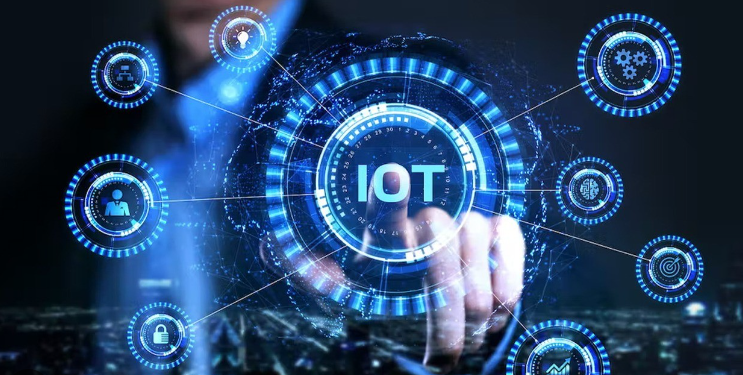In the ever-evolving landscape of technology, the integration of natural language processing in IoT is becoming a significant trend. This powerful combination is shaping how devices interact with users, providing a seamless and intuitive experience. As businesses and consumers increasingly rely on smart devices, understanding how natural language processing (NLP) enhances the Internet of Things (IoT) is crucial.

What is Natural Language Processing?
Natural Language Processing, or NLP, is a branch of artificial intelligence that focuses on the interaction between computers and humans through natural language. It enables machines to understand, interpret, and respond to human language in a way that is both meaningful and useful. With NLP, devices can process large amounts of data and provide insights that are otherwise difficult to obtain.
The Role of IoT in Modern Technology
The Internet of Things (IoT) refers to a network of interconnected devices that communicate and exchange data with each other. These devices range from smart home appliances to industrial sensors, all contributing to the vast web of connectivity. IoT is revolutionizing industries by enabling real-time data collection and analysis, improving efficiency and decision-making.
How NLP Enhances IoT
The integration of NLP in IoT allows for more intuitive user interfaces. By enabling devices to understand and respond to voice commands or textual inputs, users can interact with technology more naturally. This enhances the functionality of IoT devices, making them more user-friendly and accessible.
Applications of NLP in IoT
There are numerous applications of NLP in IoT. In smart homes, voice-activated assistants like Amazon Alexa and Google Home use NLP to control various IoT devices, from lights to thermostats. In healthcare, NLP can assist in patient monitoring by interpreting patient data and providing alerts to healthcare professionals.
Benefits of Combining NLP and IoT
By integrating NLP with IoT, businesses can enhance customer experiences, streamline operations, and unlock new opportunities for innovation. This combination enables devices to provide personalized services by understanding user preferences and behaviors.
Challenges in Implementing NLP in IoT
Despite its potential, there are challenges in implementing NLP in IoT. These include issues related to data privacy, security, and the complexity of developing accurate NLP models. It is essential for organizations to address these challenges to fully harness the benefits of this technology.
Future of NLP in IoT
The future of NLP in IoT is promising, with advancements in AI and machine learning driving further innovation. As these technologies continue to evolve, we can expect more sophisticated and capable IoT devices that offer even greater levels of interaction and functionality.
Integrating NLP into IoT Systems
Integrating NLP into IoT systems requires careful planning and execution. Businesses must consider factors such as data integration, system compatibility, and user interface design to ensure a successful implementation.
Conclusion
In conclusion, the integration of natural language processing in IoT is transforming how we interact with technology. By enhancing the capabilities of IoT devices, NLP is paving the way for more intuitive and personalized user experiences. As we move forward, the synergy between these technologies will continue to drive innovation and shape the future of connectivity.
Related Topics
For more insights into IoT product development, check out our guide on IoT Product Development. Explore the role of AI in IoT systems by reading our article on AI Integration in IoT. Discover the benefits of Open Source IoT Platforms for your projects.
External Resources
For additional tips on successful IoT product development, visit Design News.

FAQ
What is the main purpose of NLP in IoT?
The main purpose of NLP in IoT is to enhance the interaction between users and devices by enabling more natural and intuitive communication. This allows for improved user experiences and more efficient device operation.
How does NLP improve smart home devices?
NLP improves smart home devices by allowing them to understand and process voice commands or text inputs. This leads to more seamless and user-friendly interactions, making it easier for users to control their smart home environments.
What are the challenges of integrating NLP with IoT?
Challenges of integrating NLP with IoT include data privacy concerns, security issues, and the complexity of developing accurate NLP models. Addressing these challenges is crucial for successful implementation.


